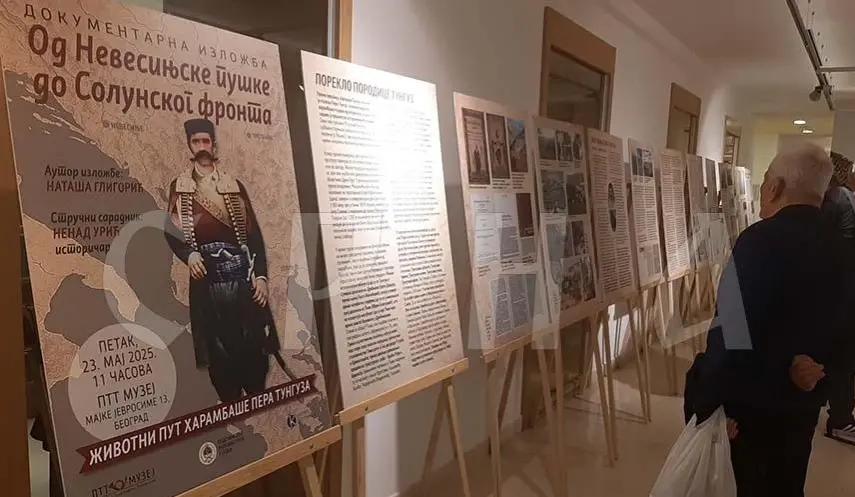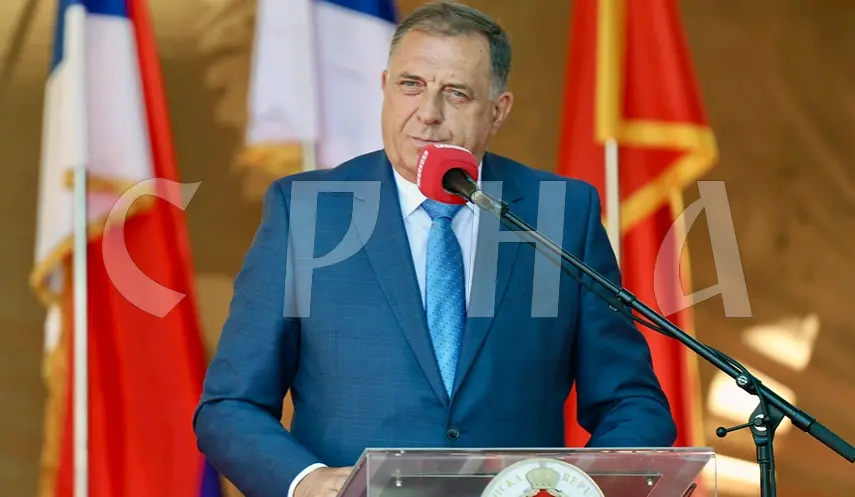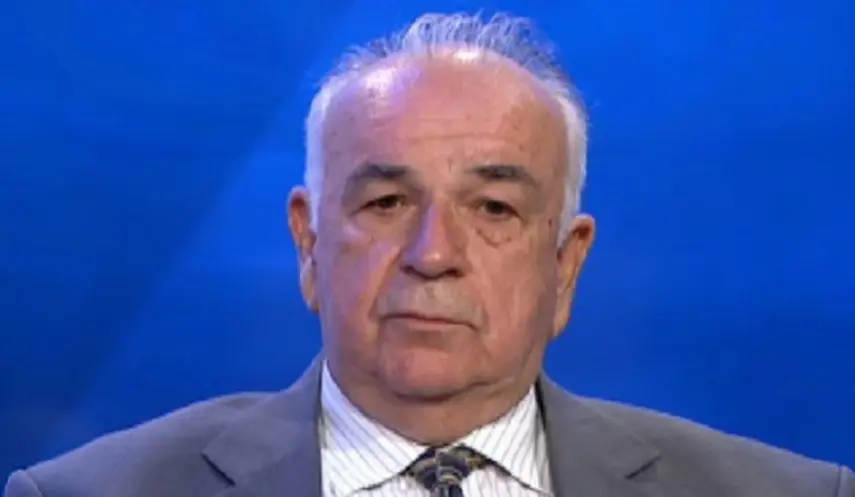EXHIBITION DEDICATED TO PERO TUNGUZ, LEGEND OF THE NEVESINJE UPRISING, OPENED IN BELGRADE
Serbia - Republika Srpska - culture
05/23/2025
14:44

BELGRADE, MAY 23 /SRNA/ – An exhibition dedicated to the legendary Herzegovinian resistance leader Pero Tunguz, titled "From the Nevesinje Uprising to the Thessaloniki Front", was formally opened in Belgrade to mark a major anniversary – 150 years since the historic Serbian uprising in Herzegovina against Ottoman rule.
The exhibition honors the legendary leader Tunguz, a symbol of Serbian resistance in Herzegovina, who – sword in hand – journeyed from the first days of the uprising at Ćetna Poljana in 1875, through the Albanian Golgotha which he crossed on foot at the age of 76, to final victory at the Thessaloniki Front in 1918.
The exhibition, prepared by his great-granddaughter Nataša Gligorić, traces the heroic path of Pero Tunguz. It was opened at the PTT Museum in Belgrade by Arno Gujon, Director of the Office for Public and Cultural Diplomacy, who emphasized that no one else should be allowed to write the chapters of Serbian history.
Gujon stated that Pero Tunguz was not just a soldier but a symbol of unwavering resolve – someone who didn't measure time by calendars but by justice, who didn’t count years of life, but the steps taken for freedom.
"Today, when we again see foreign interests taking root in Serbia, when efforts are being made to silence the Serbian voice and rewrite or repaint our history… we say – no, we do not submit," Gujon said.
He added that Serbia today has the strength to be a pillar of support to its people wherever they may be.
"Just as support once came to the Herzegovinian rebels from Serbia and Montenegro, so today every Serb in the diaspora, in Krajina, Kosovo and Metohija, and Republika Srpska knows they are not alone," Gujon emphasized.
Nataša Gligorić, the author of the exhibition and great-granddaughter of Pero Tunguz, said that the display features materials from the family archive as well as historical documents. She aimed to present Pero’s outlaw paths, heroic deeds – which he never boasted about – and also his imprisonment, suffering through the Albanian Golgotha, and the hardships he endured in silence.
She noted that Pero was an active participant in events from the second half of the 19th century and the first half of the 20th century – from the Nevesinje Uprising and the Ulog Uprising to World War I – becoming a symbol of defiance and rebellion. Generations remember him for the attack on the Turks at Ćetna Poljana on July 5, 1875, as part of the Herzegovinian uprising.
"The ideal of unity, unification, and freedom of the Serbian people was not just their dream – it was their struggle, their life. Freedom is not waited for or begged for; it is won. That is the lesson Pero Tunguz and his comrades gave us 150 years ago. Our duty is to remember and pass it on," his great-granddaughter emphasized.
At the opening, historian Nenad Urić spoke about the origins of the Tunguz family /from the Turkish word for "rebel"/ who were once Rasojevićs from Ras, as well as about Pero Tunguz's life and wartime path. PTT Museum Director Marko Jelić announced that a postage stamp will be issued in June to mark 150 years since the "Nevesinje Uprising".
The exhibition opening was attended by Borislav Maksimović on behalf of the Republika Srpska Representative Office in Serbia /which sponsored the exhibition/, President of the Alliance of Serbs from the Region Miodrag Linta, and Mayor of Nevesinje Milenko Avdalović.
The exhibition, featuring performances by traditional guslar Slavko Aleksić and chanter Ljubomir Manasijević, was organized by the Culture Without Borders association, in cooperation with the PTT Museum, under the patronage of the Republika Srpska Representative Office in Serbia.





